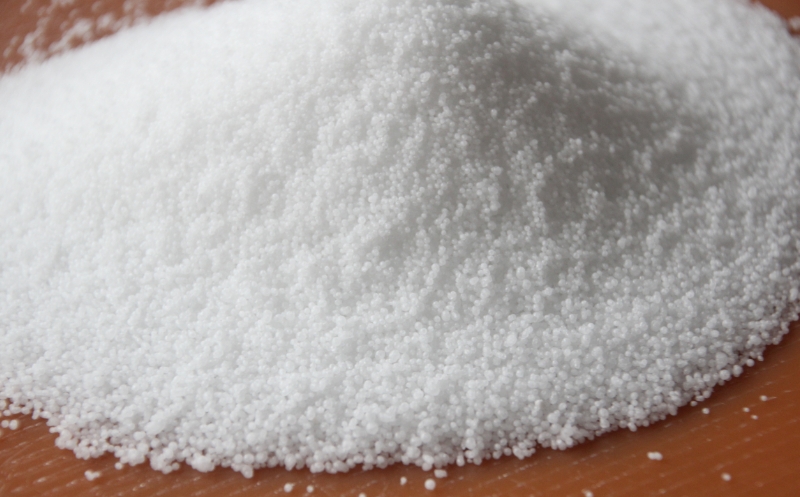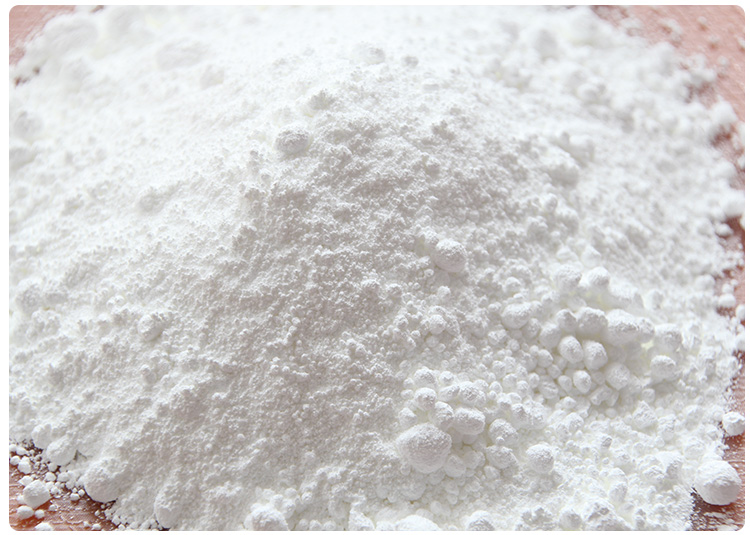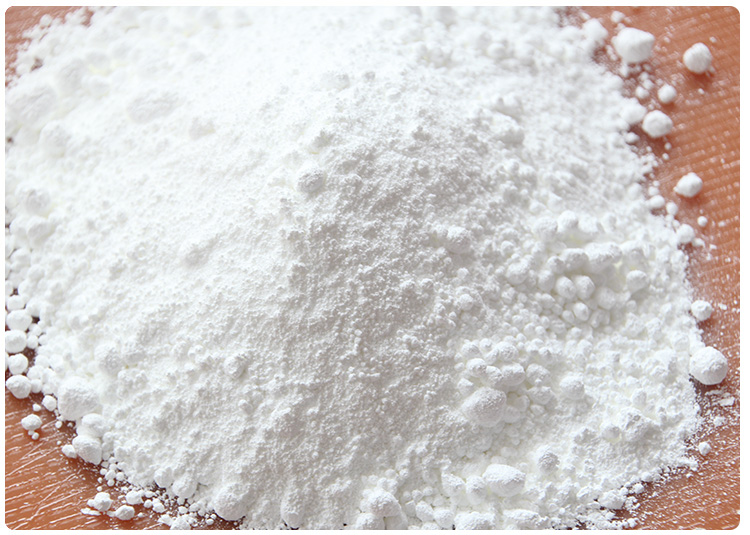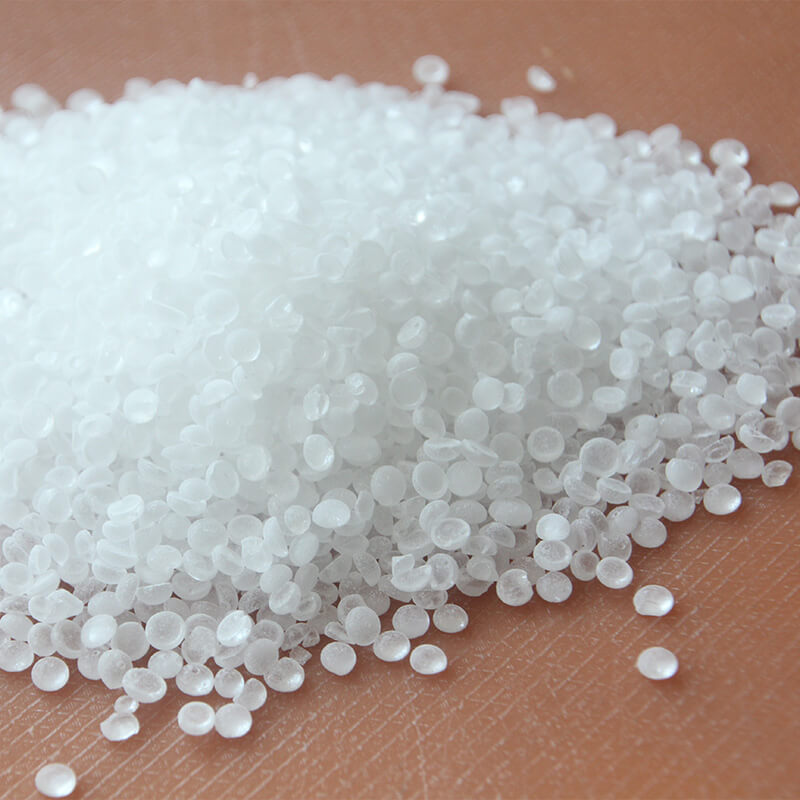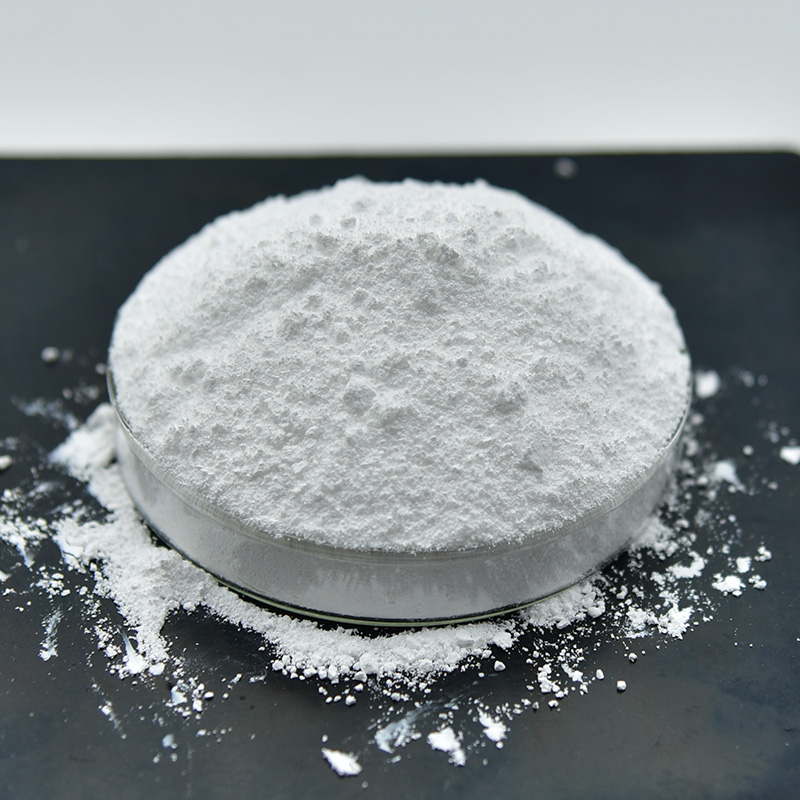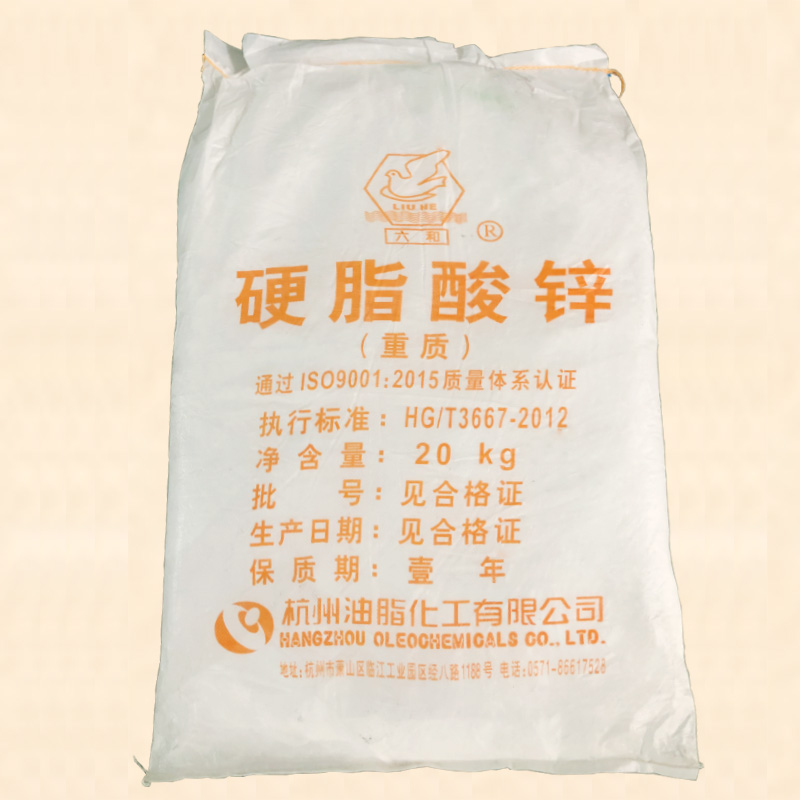Stearic acid in plastics
- Mingpai
- 2024-05-31 11:42:54
In the plastics industry, stearic acid performs several critical functions, which include but are not limited to the following:
Lubricant: Serving as both an internal and external lubricant, stearic acid reduces friction during plastic processing operations, particularly between the plastic matrix and fillers. This minimizes heat generation due to friction, enhances the flowability of plastic melts, and facilitates easier molding of materials while safeguarding processing equipment against wear.
Plasticizer Effect: It promotes compatibility between fillers and base resin in plastics, fostering a homogeneous dispersion of fillers, which in turn strengthens the physical and mechanical properties of plastic products and enhances their visual appearance.
Thermal Stabilizer: In thermally sensitive plastics like polyvinyl chloride (PVC), stearic acid and its derivatives, such as calcium stearate, provide thermal stability by inhibiting or delaying degradation caused by high temperatures during processing and use, thereby preserving the plastic's physical properties and prolonging its service life.
Improved Dispersion and Stability: Acting as a surfactant, stearic acid forms a coating layer on the surface of filler particles, preventing their aggregation and improving their dispersion stability within the plastic, leading to more uniform and smoother surfaced products.
Release Agent: During plastic molding processes, stearic acid aids in the easy release of products from molds, reducing sticking issues, boosting production efficiency, and increasing the yield of acceptable products.
Light Stabilizer: In some applications, stearic acid also offers a degree of light stability, protecting plastic products from UV radiation-induced aging and discoloration.
Overall, stearic acid is a vital additive in the plastics industry, significantly contributing to enhancing the quality, processing efficiency, and longevity of plastic products.
